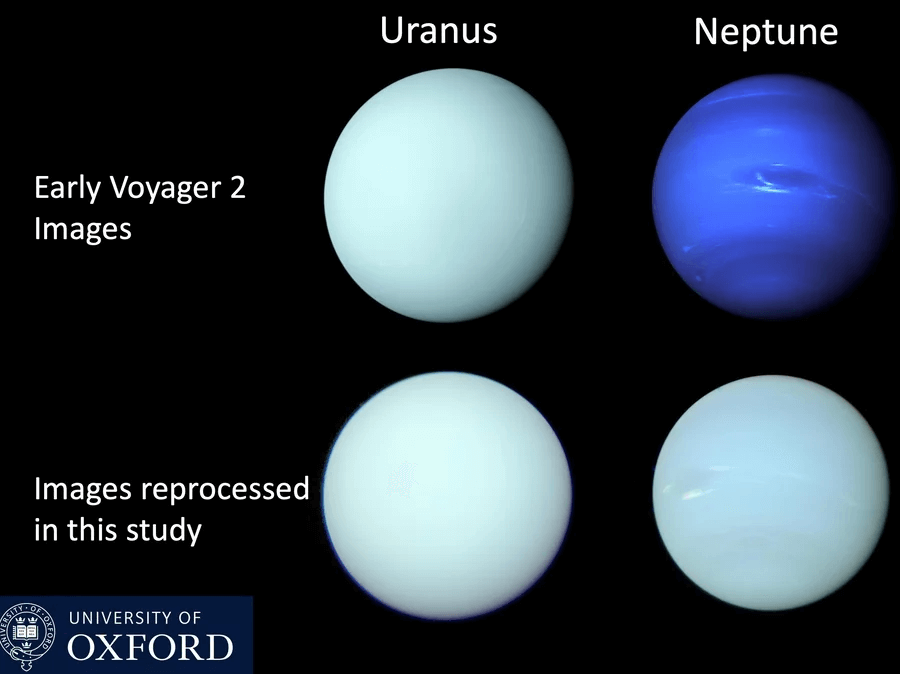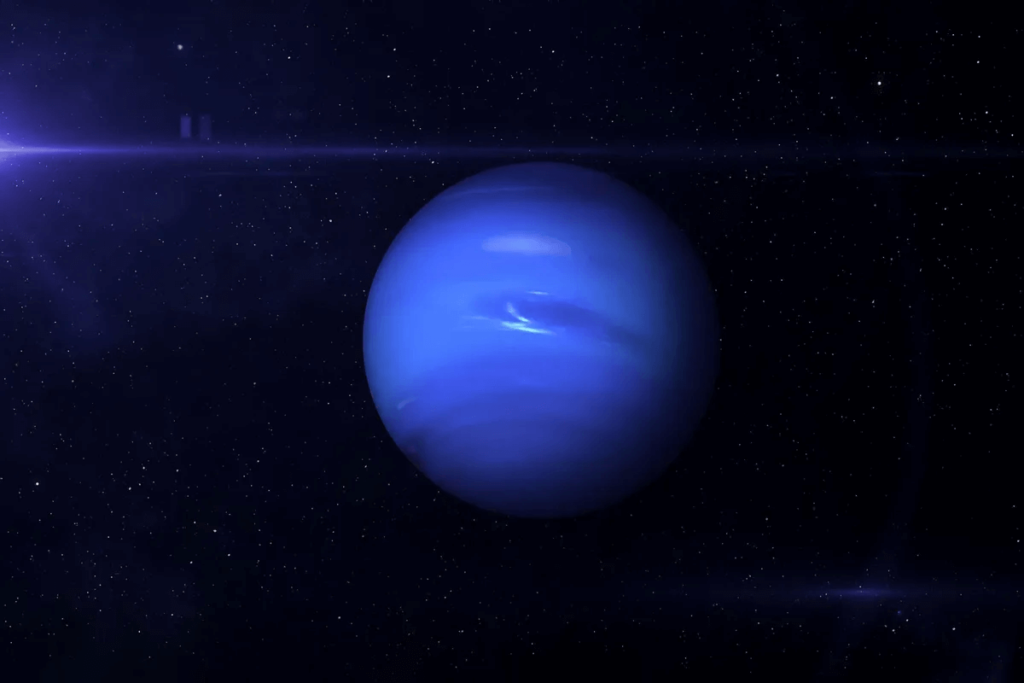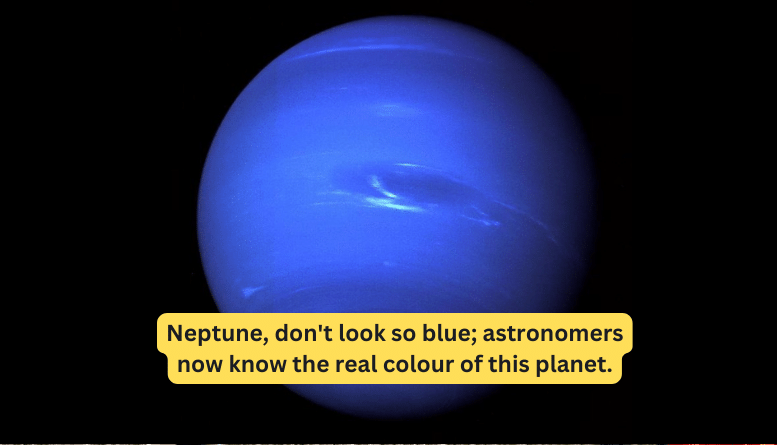Neptune, don’t look so blue; astronomers now know the real colour of this planet.
Images from Voyager 2, the first and only spacecraft to fly by Neptune in 1989, are renowned for depicting the planet’s deep azure hue.
Neptune, however, is actually much more of a pale greenish blue. In fact, its colour is quite similar to that of Uranus, another ice giant that Voyager 2 also visited.
According to Patrick Irwin, a planetary physicist at the University of Oxford, “we find that the planets are different colours, but the difference in colour was nothing like what you see when you Google for images of Uranus and Neptune.”
Leading a group that recently had a new analysis published in the Monthly Notices of the Royal Astronomical Society was Irwin.

The researchers adjusted Voyager 2’s composite color images with data from the Very Large Telescope and Hubble instruments.
According to Irwin, the images accurately depict the natural planet colors.
Neptune planet
He notes that as a result, some of Neptune‘s most notable features, like cloud bands and a dark spot, become “indistinct and difficult to see,” adding that the Voyager team purposefully processed its images to emphasise the planet’s unique features.
This is a fairly typical action to take. University of Leicester astronomer Leigh Fletcher says: “You’re trying to tell a story and show interesting image features.”
Amateur astronomers noticed a color contrast between Uranus and Neptune, differing from NASA’s images.
“Although transparent about image processing, Voyager’s scientists’ choices are lost, as Neptune and Uranus photos replicate.”

“Irwin states that his team’s new vision of Neptune surprises people when they see it.”
The team balanced Neptune’s colours and studied Uranus’ colour shifts during its orbit.
Using data from Lowell Observatory in Arizona (1950-2016), they found Uranus appears greener during solstices.
Uranus appears somewhat bluer when the sun is overhead the equator, though.
The scientists explain this colour shift by pointing out that the poles have higher levels of icy haze and lower methane concentrations than the equator.
“After extensive research, a model now explains how light interacts with gases and aerosols, clarifying the changing colours,” says Fletcher.
According to AURA, Heidi Hammel says astronomers have misconceptions about Neptune’s and Uranus’s colors, per new research by the Royal Astronomical Society.
Also read : There is nothing like our solar system in the universe. Is Something Weird in Space?
“This comprehensive study,” said Hammel, “should finally put both issues to rest.”
Long-time advocates recently prioritized a robotic mission around Uranus.
“We’re talking about launch dates in the 2030s and not arriving until 10 years later,” Irwin states. “So it’s to be beyond my professional career, but hopefully not my life.”
According to Fletcher, no one truly knows what’s inside these ice giants, and no robot or human eye has ever seen some parts of these planets and their moons.
He claims that it’s one of the last locations in the solar system with the potential to find such discoveries. “Going out to these destinations will be revealing environments, revealing landscapes, and revealing atmospheres that nobody’s ever seen before,” he says.

